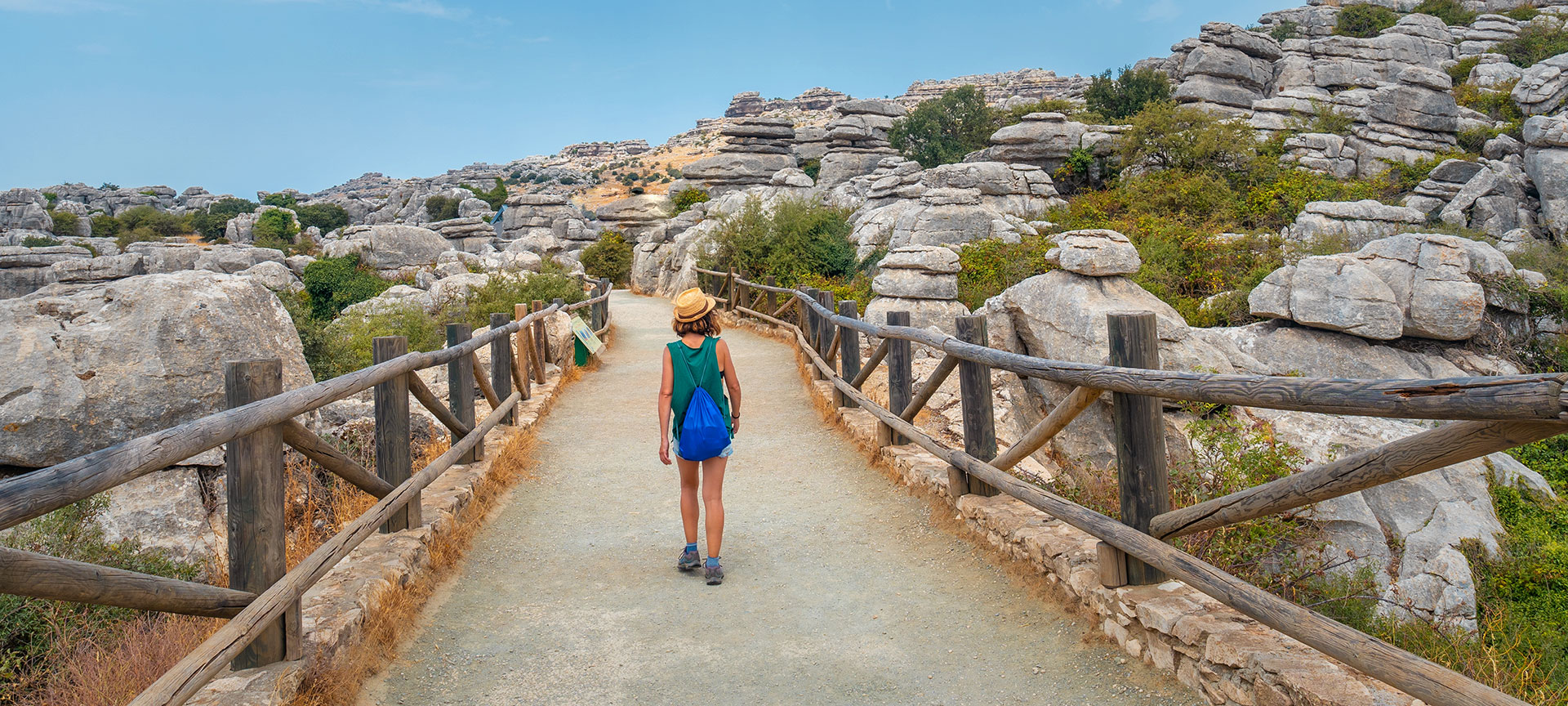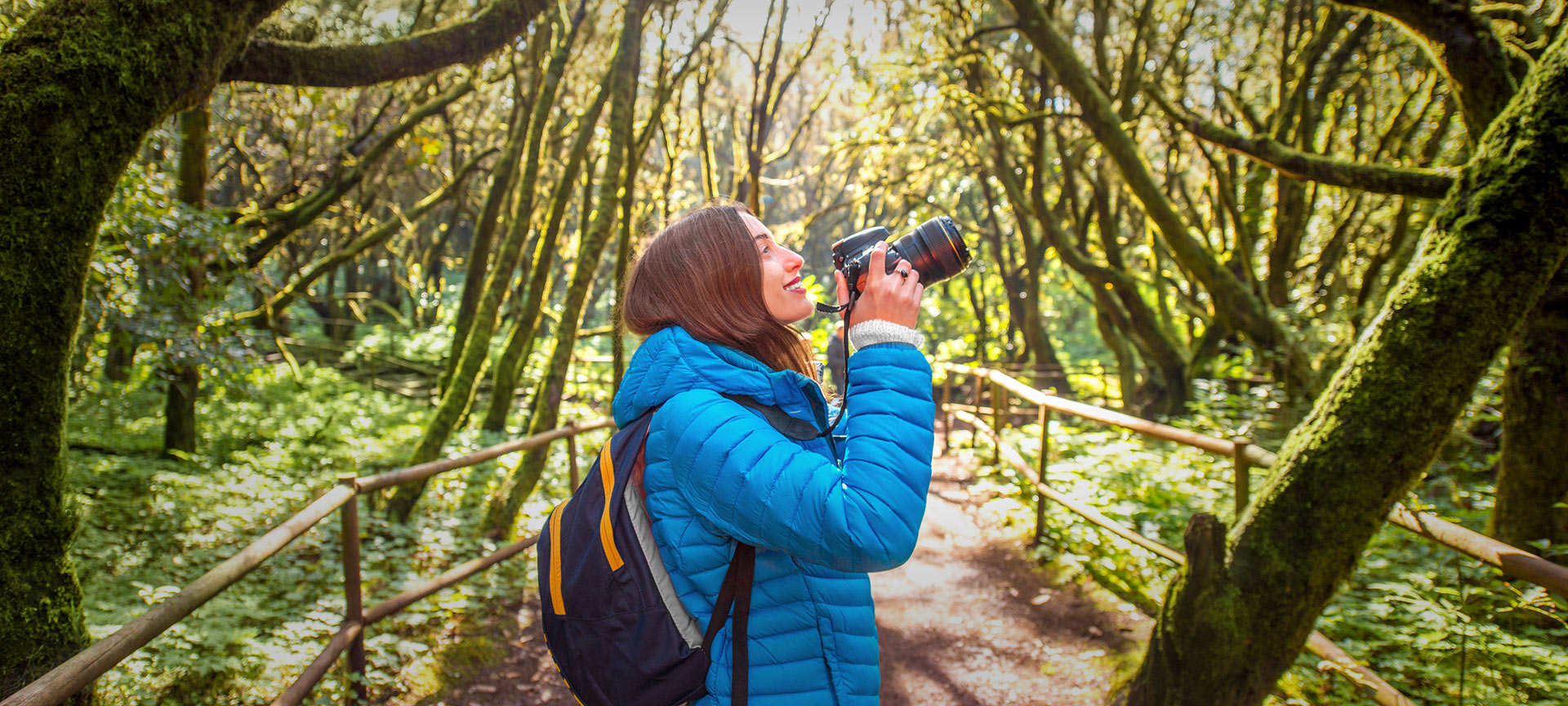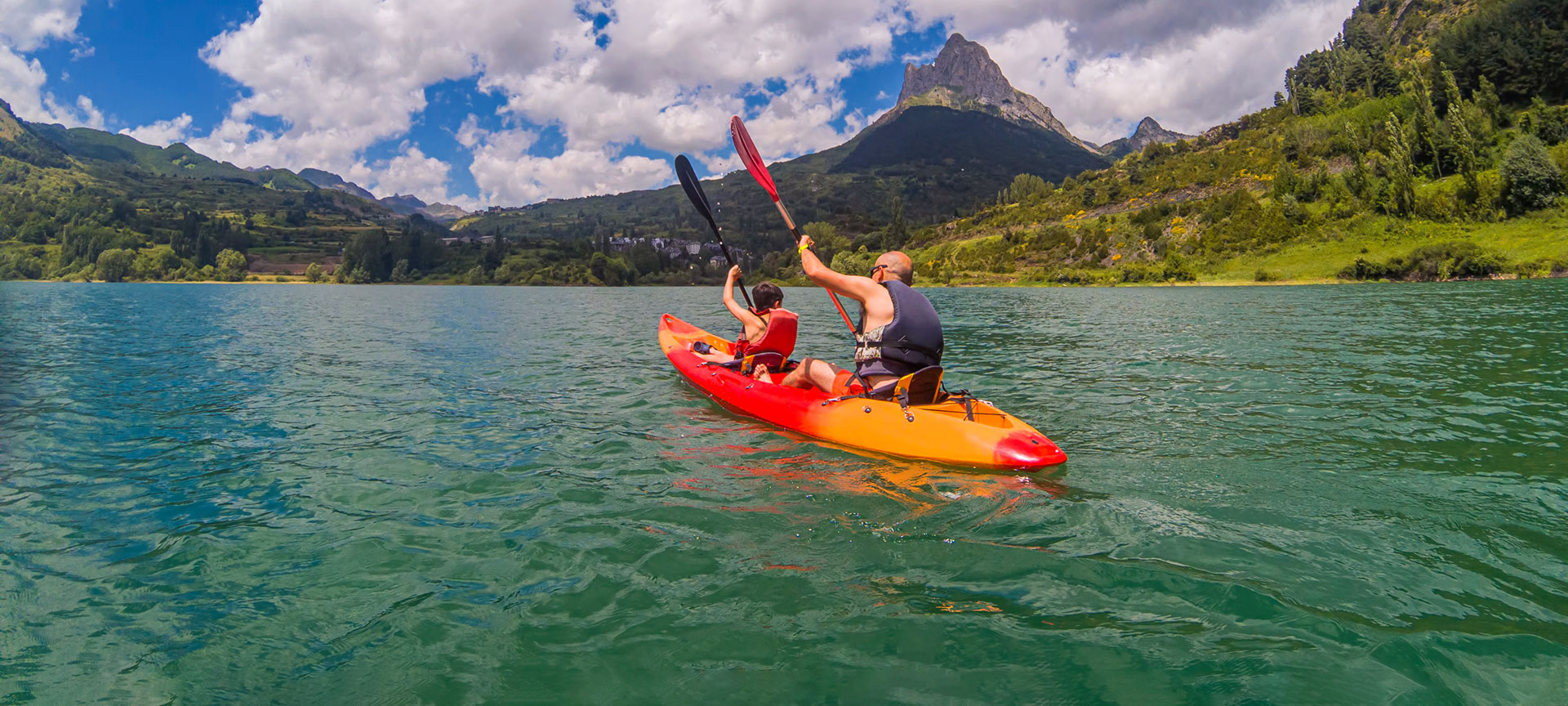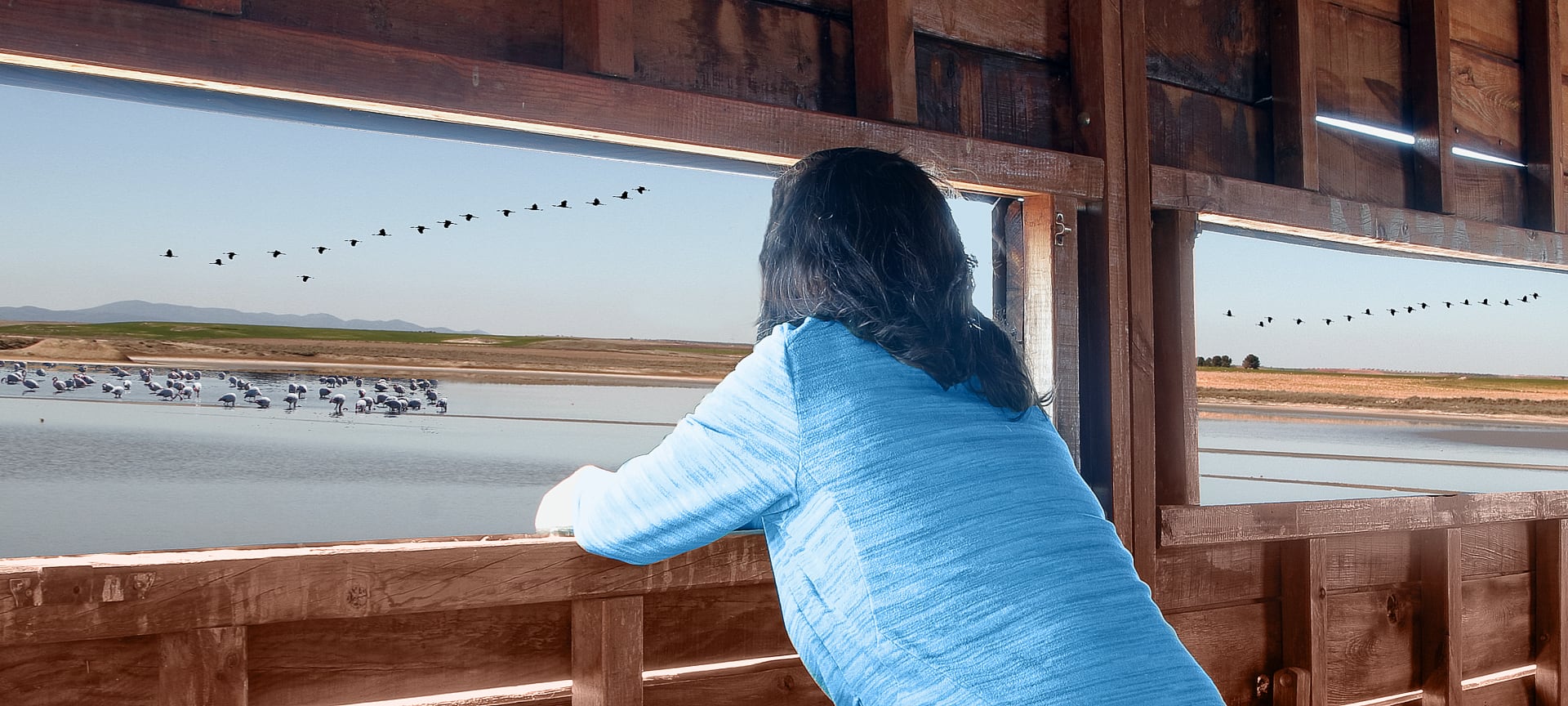There are more than 10,800 kilometres of renovated old transport infrastructure that you can travel on foot, on a bike or on horseback. Take the offers more than 130 routes across Spain, built on disused canals, railway tracks, public paths and livestock trails; represent an ideal sustainable alternative to discover the rural environment and get closer to nature.
A network of discoveries
Since its inception in 1993, the Nature Trails programme has transformed thousands of kilometres of forgotten roads and trails into signposted, non-motorised routes accessible to people of all ages. This is how a growing network of paths can be found all over Spain; paths that cross beautiful landscapes and rural areas, and which are perfect for enjoying activities such as hiking and cycling.
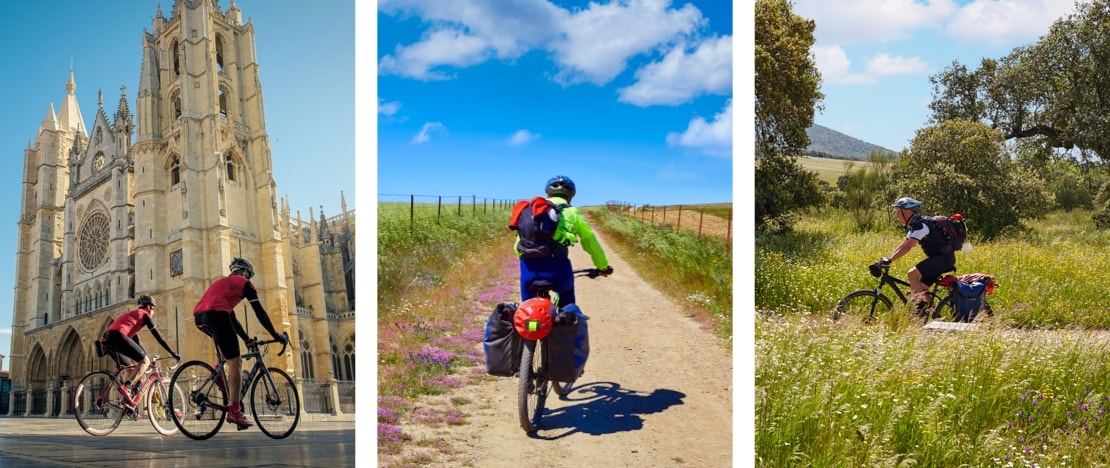
In recent years, new sections of major paths have been opened, such as those of theCañada Real Soriana Occidental, the Ruta del Cantábrico, the Santander-Mediterranean corridor, the Ruta Vía de la Plata and Humedales de la Mancha.
What would route you like to do today?
In total, you can choose from 130+ itineraries: From easy trails that can be covered in a few hours, to longer routes lasting several days. Within the extensive network of Natural Trails there are 1,800 kilometers that are also Greenways: these routes run along former railway tracks. Each route showcases the natural diversity and landscape of the area, along with other pleasant surprises in the form of viewpoints, bridges, fields, mills, lighthouses, charming villages, and small churches and elements of traditional architecture.
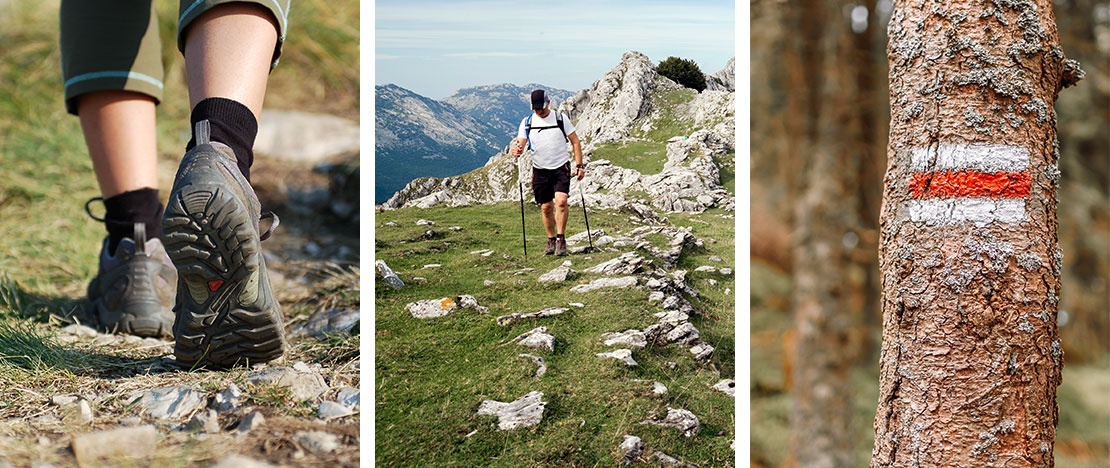
On the Caminos Naturales website you will find information about each of the routes (in Spanish and English), as well as maps, plans, GPS downloads, main highlights and photographs. There are even virtual tours and 360º panoramic tours of some of the most popular routes.
Paths to walk the landscapes of Spain
The Nature Trails are distributed across Spain, organised into seven geographical sectors, so that you may discover Spain's wealth of nature and sceneries. However, there are also longer routes, with several hundreds of kilometres, extending over more than one sector.
North
The northwest sector has about thirty nature trails. It covers Galicia, Asturias and Cantabria, together with the provinces of León, Zamora, Palencia and Valladolid. For example, the Ruta del CantábricoNature Trail, in its section through Galicia, runs along the coast of Lugo and A Coruña for more than 150 kilometres, going through beautiful coastal villages, protected areas and beaches such as Las Catedrales. Also worth note are the famous Bear Trail and the Palentino Romanesque itinerary, through the region with the highest density of Romanesque churches and hermitages in all of Europe.
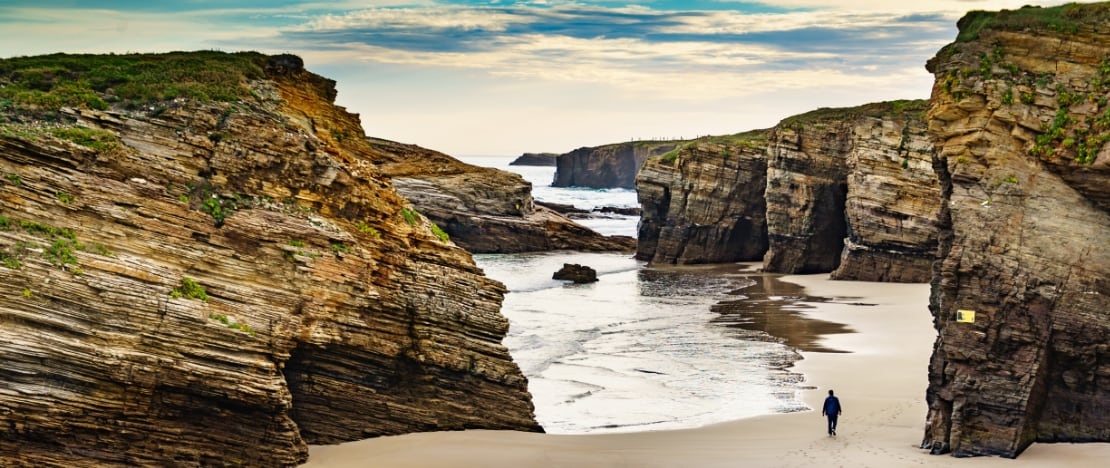
The northeast sector includes nearly forty routes through the regions of the Basque Country, Catalonia, Aragon, Navarre and La Rioja. The main natural paths in this area include the Matarraña-Algars trail, which offers the chance to visit different Iberian sites in Aragon and learn about the unique native breeds of cattle. For those who are not afraid of heights, go on and cross the suspension bridges and the wooden walkways along the gorges on the way from Montfalcó to the Congost de Mont-Rebei for an adventure.
East sector
It covers the routes in the region of Valencia and Murcia. There are almost a dozen trails featuring typical Mediterranean landscapes and vegetation, in combination with the areas of fruit trees and orchards specific to these regions.
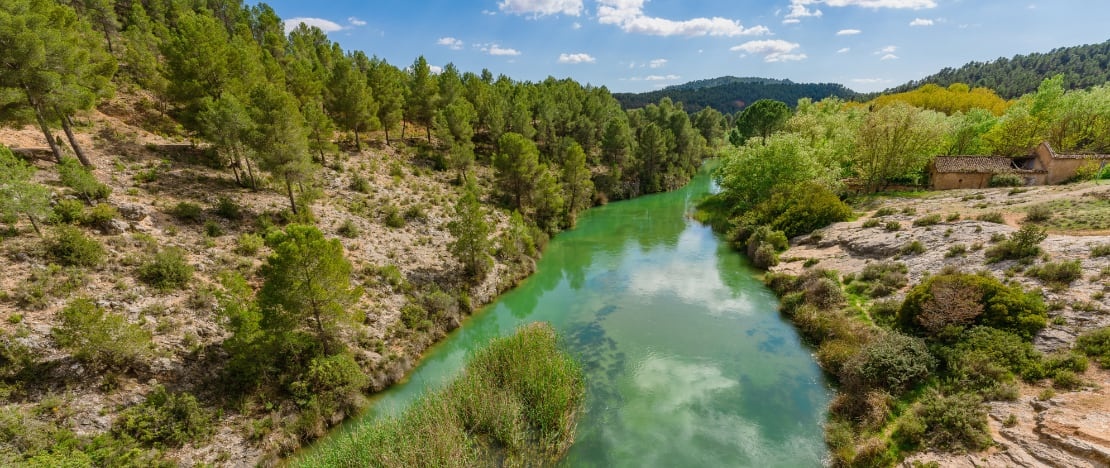
One of the most outstanding trails is the Turia-Cabriel, which joins Turia Natural Park with the Hoces del Cabriel, in an environment made up of mountains and ravines.
Central sector
It is home to around thirty routes. It includes Extremadura, Castilla-La Mancha, the Community of Madrid and the provinces of Salamanca, Ávila, Segovia and Soria. One of its most outstanding paths is the Cañada Real Soriana, which uses an old livestock trail, going mostly through the Sierra Norte de Guadalajara Natural Park.
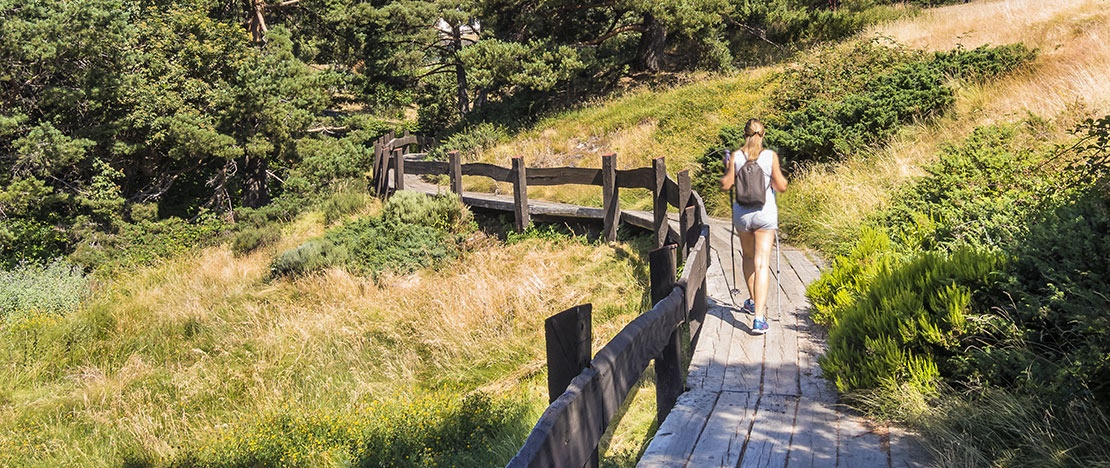
Other options of note are Monfragüe, the Sierra de Alcaraz, or the Humedales de La Mancha, which links to Guadiana trail and the Trenillo greenway.
South sector
Home to more than a dozen routes in Andalusia. Hiking, cycling or equestrian routes to explore the rich landscape of this territory of southern Spain, with its fields of olive groves, meadows and mountains, dotted with small white villages and vestiges of its Arab past.
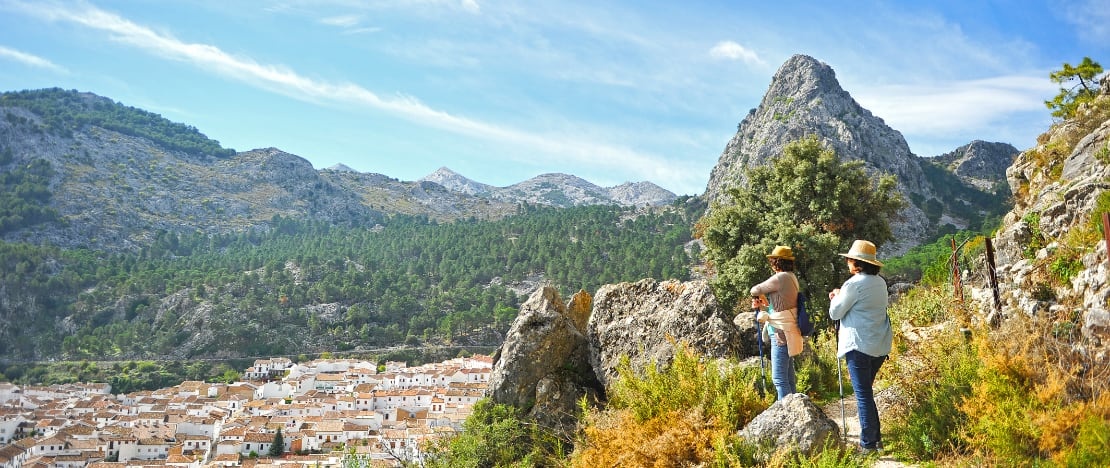
Most of the nature trails are greenways, as is the case, for example, of the Vía Verde del Aceite Nature Trail, the Guadiana Trail, the Segura and the Molinos del Agua.
Balearic sector
Includes two itineraries in the Balearic Islands, one of which is the Camí de Cavalls in Menorca. This path runs along the entire coastline of the island (185 kilometres), unveiling the environmental, cultural and heritage assets that have made it an example of sustainability and earned it the designation of Biosphere Reserve by the UNESCO.
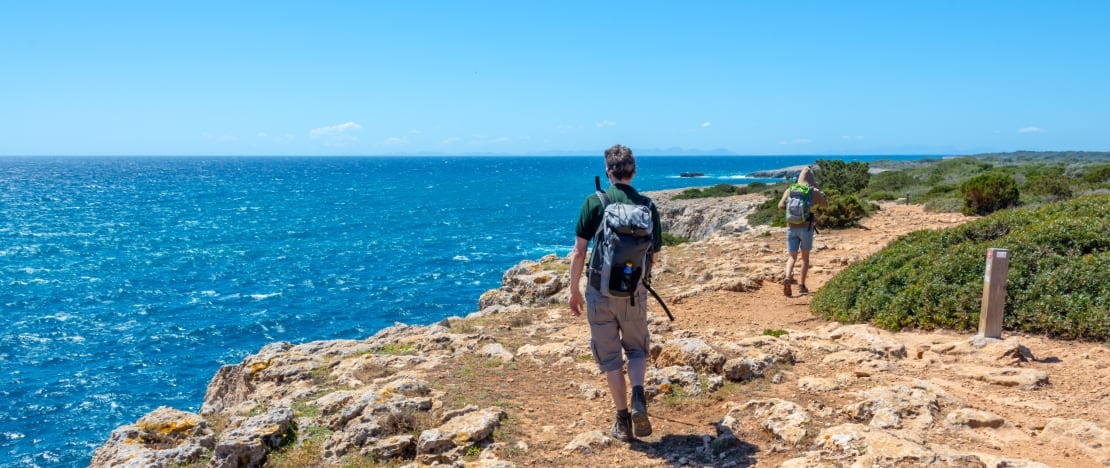
Each section shows some of the many attractions of this Mediterranean paradise: from its coves and cliffs, to its fortresses and talayots, to its unique agricultural and livestock farms and beautiful natural spaces.
Canary Islands sector
Home to routes in six of the Canary Islands. Options that allow you to leisurely discover the biodiversity and unique nature of this archipelago, several islands of which have been declared Biosphere Reserves.
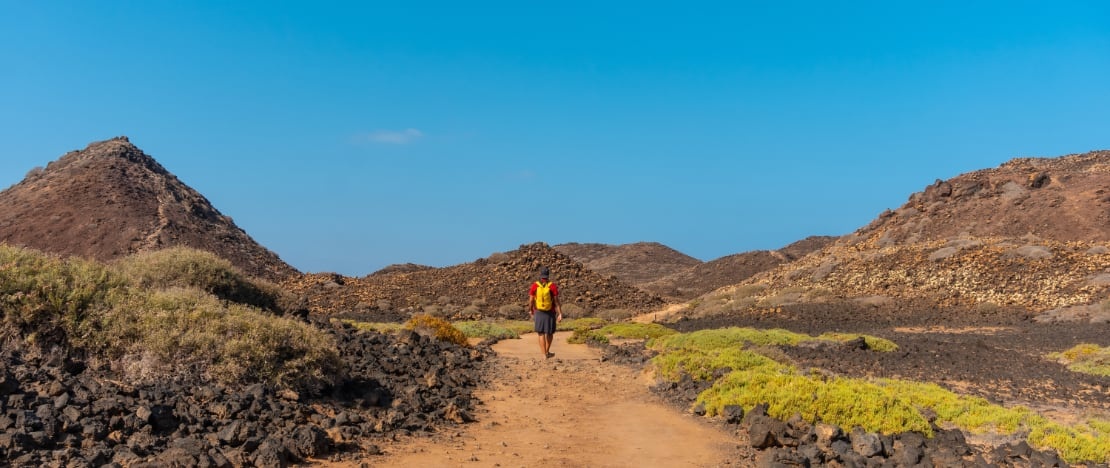
Starting with the spectacular volcanic nature of La Palma, going through the coasts of the wild landscape of La Gomera, the beaches of Fuerteventura, and the traditional trails of El Hierro, without forgetting the protected areas of Lanzarote and the peaks of Tenerife. The natural paths on the Canary Islands are a true journey for the senses.
